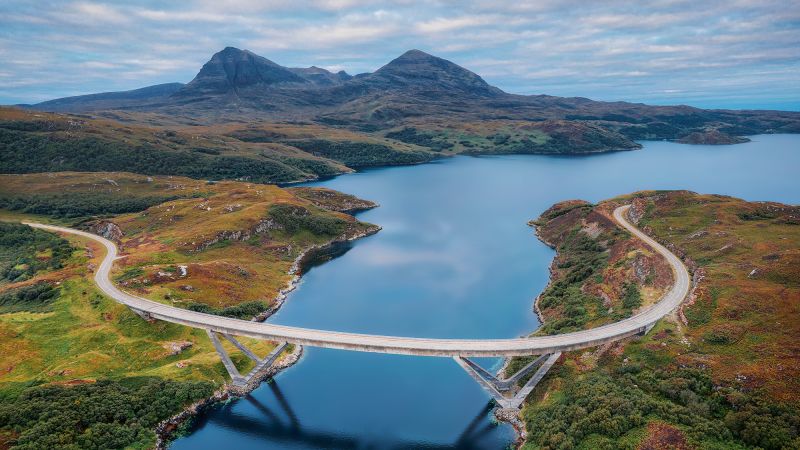
Challenges and Solutions for Scotland's North Coast 500 Tourism
Culture | 8/3/2025
Scotland’s North Coast 500, once a remote and desolate stretch of road, has transformed into an overtourism hotspot, posing challenges for the region. The rebranding of this rugged terrain as a tourist route has seen a surge in visitor numbers, raising concerns about environmental impact and strain on local infrastructure. While the popularity of the NC500 has brought economic benefits to some communities, it has also sparked a debate on the sustainability of such rapid tourism growth.
Local residents and businesses along the NC500 have experienced both positive and negative effects from the influx of tourists. A hotel owner in the region noted, “The increased footfall has boosted our revenue, but we are also grappling with issues like traffic congestion and littering.” This dichotomy underscores the complex dynamics at play as Scotland’s Instagram-famous highway grapples with its newfound popularity.
The concept of overtourism, where popular destinations are inundated with more visitors than they can sustainably accommodate, is not unique to Scotland’s NC500. Similar challenges have been faced by tourist hotspots worldwide, highlighting the need for sustainable tourism practices and responsible visitor management. The delicate balance between promoting tourism and preserving the natural beauty of the landscape is a pressing issue for authorities and residents alike.
As the NC500 continues to attract a growing number of travelers seeking picturesque views and cultural experiences, the Scottish government is faced with the task of finding solutions to mitigate the negative impacts of overtourism. Sustainable development initiatives, community engagement, and infrastructure improvements are among the strategies being considered to address the challenges posed by the highway’s popularity. The future of Scotland’s Instagram Highway hinges on the ability to strike a balance between promoting tourism and safeguarding the environment and local communities.

